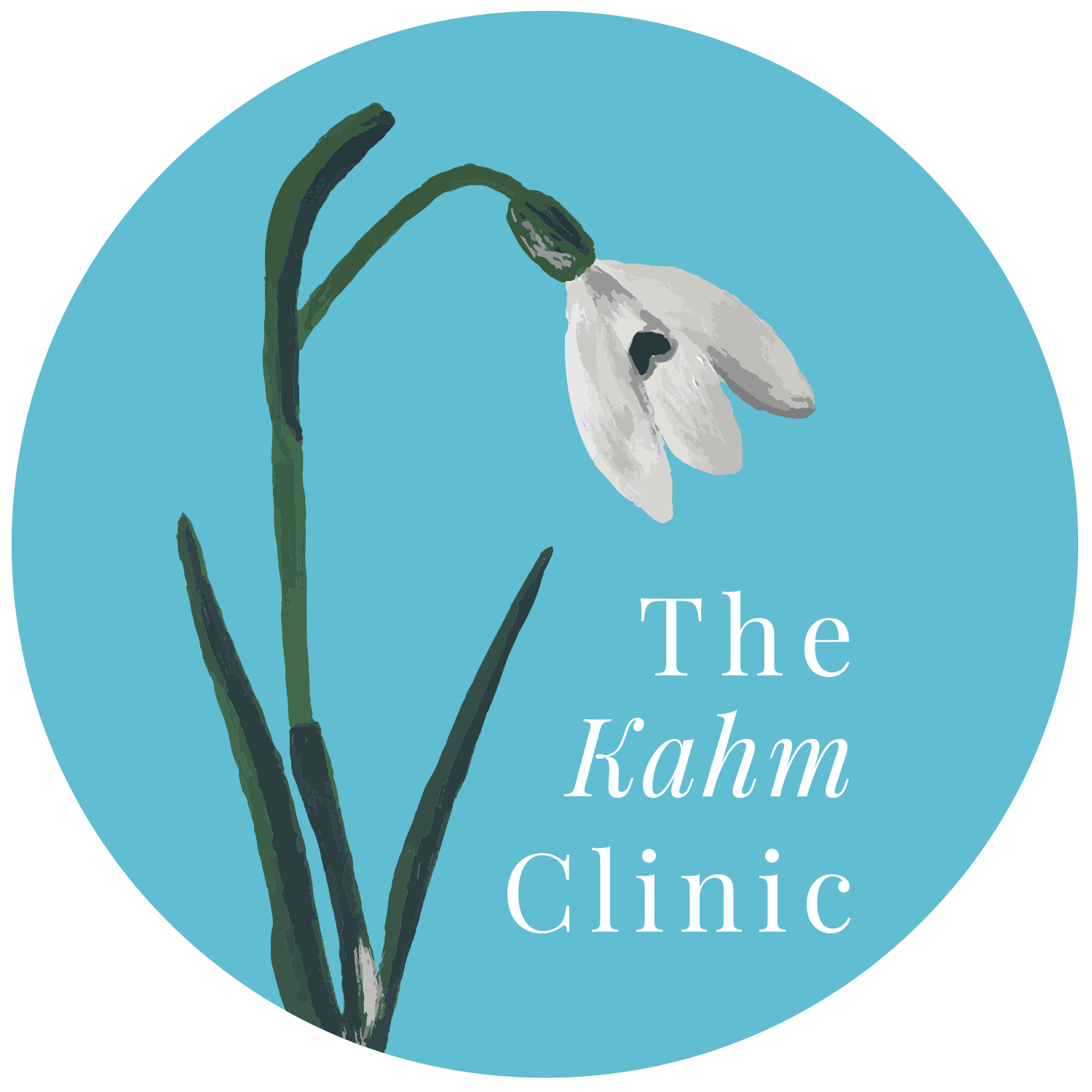There’s More to Recovery Than a Number on the Scale
With over 30 years of experience, The Kahm Clinic Founder Annika Kahm, MS is one of the pioneers of using Metabolic Testing and Body Composition Analysis to help patients with eating disorders. The results from these tests allow our team to discover malnourishment long before standard methods do. We offer highly effective and customized treatment plans, helping our patients to better understand their own bodies and reach full recovery. Of course, throughout the treatment process, the question remains: What does eating disorder recovery look like?
Stages of Eating Disorder Recovery
Eating disorder recovery is a long process that requires both professional help and personal support. According to the National Eating Disorder Association (NEDA), there are five stages of change during recovery:
Pre-Contemplation Stage: During this stage, the patient fails to realize they have a problem despite friends and family repeatedly seeing the warning signs.
Contemplation Stage: Here, the individual admits they have a problem and becomes receptive to receiving help.
Preparation Stage: The patient moves to the Preparation Stage when they are ready to change but are uncertain about the next steps. At this point, the treatment team, including a physician, nutritionist, therapist, and designated loved ones, develops an individualized plan for eating disorder recovery.
Action Stage: Now, the patient is ready to implement the plan and make changes in their daily lives.
Maintenance/Relapse Stage: After sustaining the Action Stage for six months or longer, a patient moves into the Maintenance/Relapse Stage, where they consistently practice new behaviors and ways of thinking while maintaining their self-care and coping skills. Here, they also revisit potential triggers as a way to avoid relapse.
Depending on the patient’s diagnosis severity and progress, they may experience multiple stages at once, spend an extended period of time in a particular stage, or even cycle through the complete process multiple times. Eating disorder recovery is reached when a patient has mastered these five stages of change, can maintain these changes on their own, has a relapse prevention plan in place, and is willing to resume future treatment if necessary.
Eating Disorder Recovery at The Kahm Clinic
An important first step of recovery is simply admitting that something is wrong. Oftentimes, even though loved ones know something isn’t right, the lab work and vital signs of patients are normal. For someone with an eating disorder, these test results reinforce the belief that their habits are healthy, driving them deeper into denial. Fortunately, with the results from our Metabolic Testing and Body Composition Analysis, we can break through the denial by showing them exactly how they are harming their bodies. Once they stop insisting that they are fine, the real work begins.
The results from Metabolic Testing and Body Composition Analysis help us do more than identify disordered eating; they also help us measure the severity of the problem, determine the specific treatment needed, and monitor for signs of relapse. Patients, particularly anorexics, are sometimes released from eating disorder treatment too early, making it far too easy for them to fall back into their old patterns. After all, there’s more to recovery than a number on the scale. With our approach to eating disorder recovery, we ensure that our patients reach full eating disorder recovery and become the best version of themselves.
To talk to a professional about treatment for eating disorders, please reach out to our staff or schedule an appointment at The Kahm Clinic.

